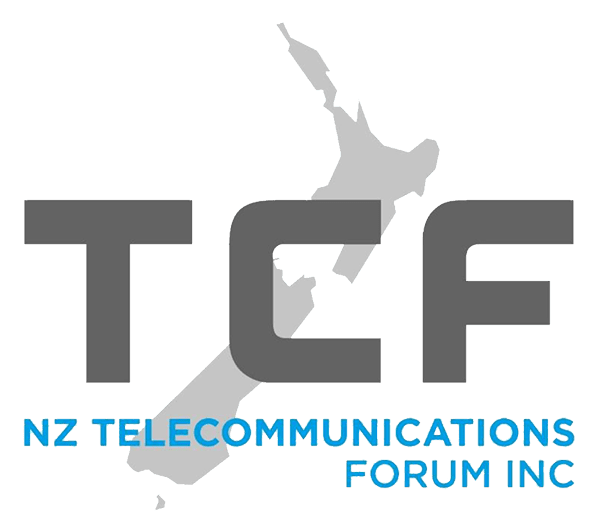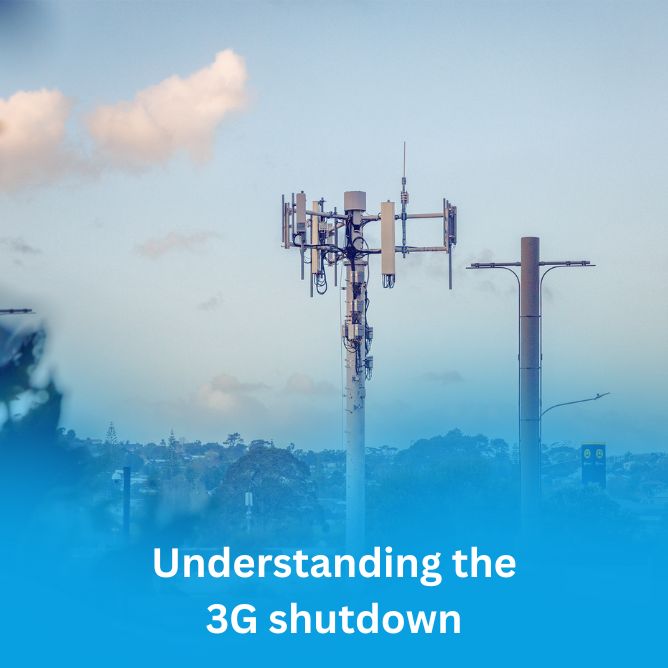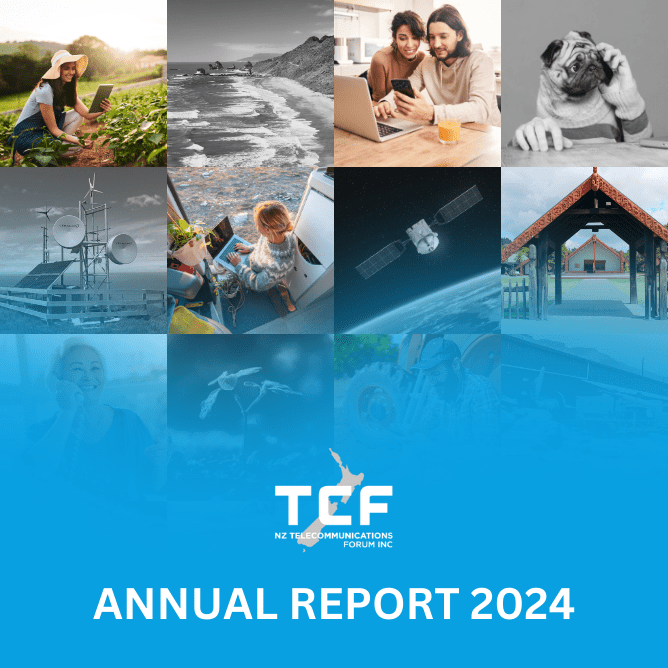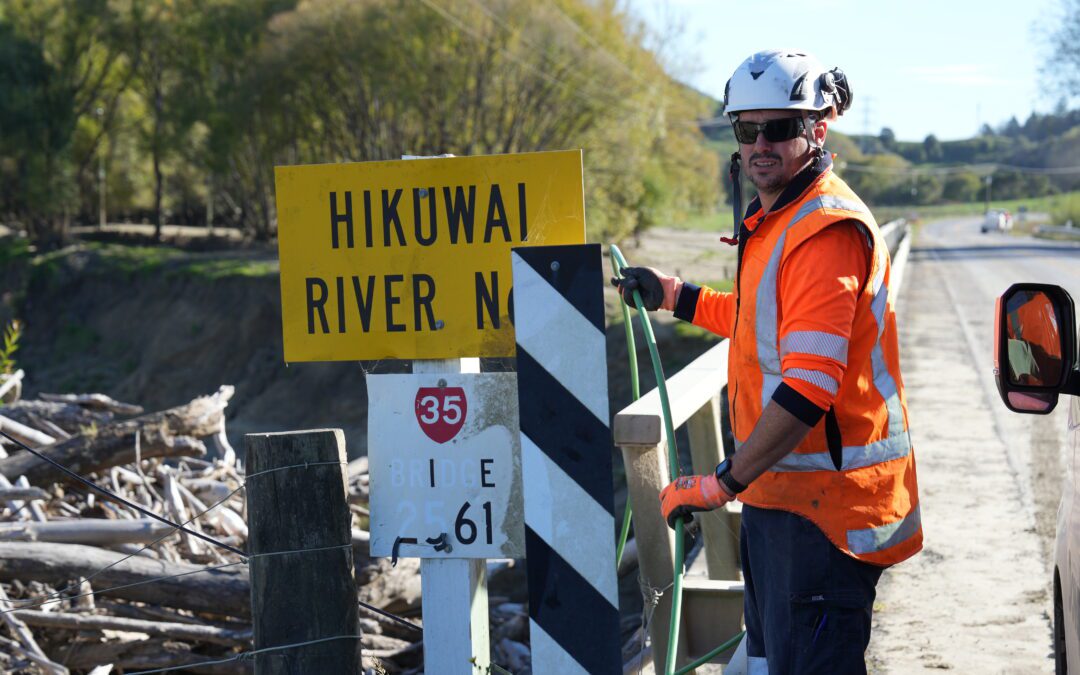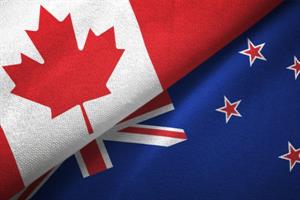TCF CEO Geoff Thorn said the Commission’s Code, published today, sets out the requirements on telecommunications companies to support their customers who are at particular risk of needing to contact emergency services, with a means of doing so if their home phone connection is impacted by a power failure.
Thorn said the 111 Contact Code has been prompted by New Zealand’s transition to new home phones that use fibre or fixed wireless networks, rather than the traditional copper lines. These new technologies rely on a power supply in the home.
“Millions of New Zealanders are now benefiting from vastly-improved broadband and communications services because of fibre and wireless technologies introduced as part of the industry’s $15 billion of investment over the past decade. These new technologies usually require power in the home to work, which is why the industry supports the underlying principle of the new 111 Contact Code – to ensure those customers who are at particular risk of needing to contact emergency services can still do so in the event of a power cut.”
Thorn said the majority of home phone customers would already have access to a mobile phone that should still work in a power cut. Although the new Code also allows for battery backup devices, TCF anticipated that telecommunications companies would look, where possible, to provide a basic mobile phone to those vulnerable customers who did not already have one.
Existing TCF initiatives, combined with the extensive reach of mobile phone coverage today, means that mobile phones are an excellent way to keep connected in emergencies. Under the TCF’s existing Emergency Voice Calling Services Code, a 111 call made from any mobile phone should connect to emergency services, even if the phone is not on a current account plan or has no prepaid funds, Thorn noted.
Thorn said the new 111 Code had been more than 18 months in development, with the Commerce Commission undertaking extensive consultation with industry players, community groups and interested members of the public.
“Now that the Code is finalised, the industry’s focus will now be on implementation prior to the deadline of 1 August 2021. A huge amount of work is required to communicate with customers, identify those who are classified as vulnerable, and purchase and distribute back-up equipment to them.”
